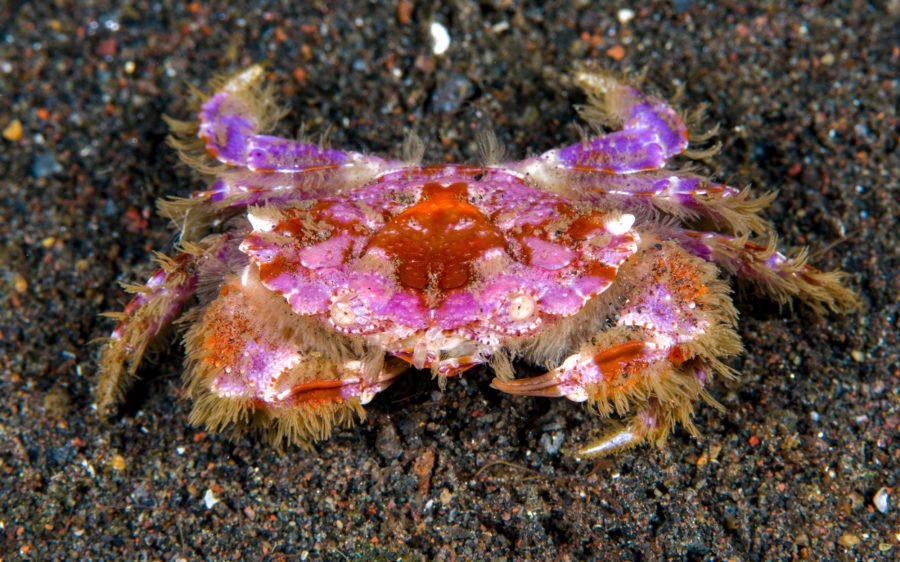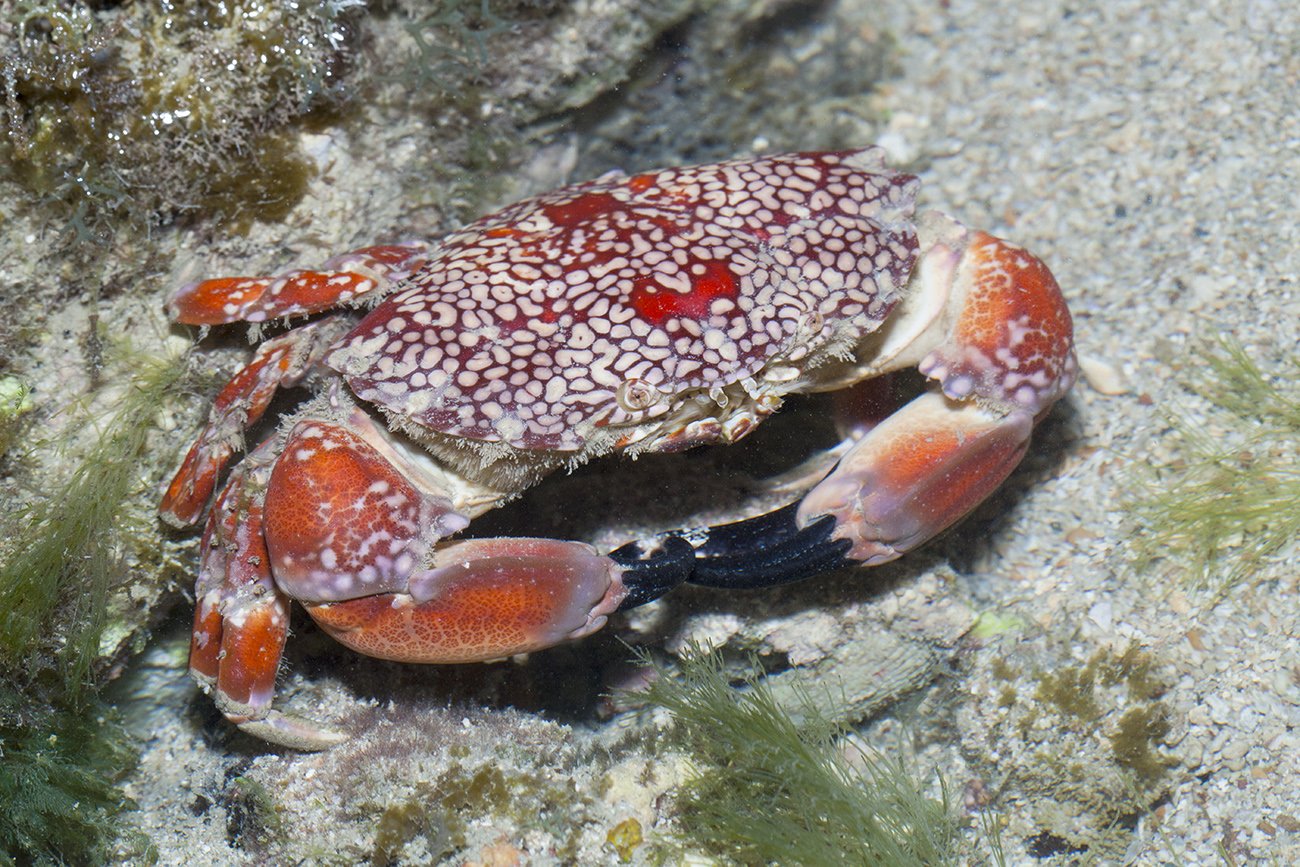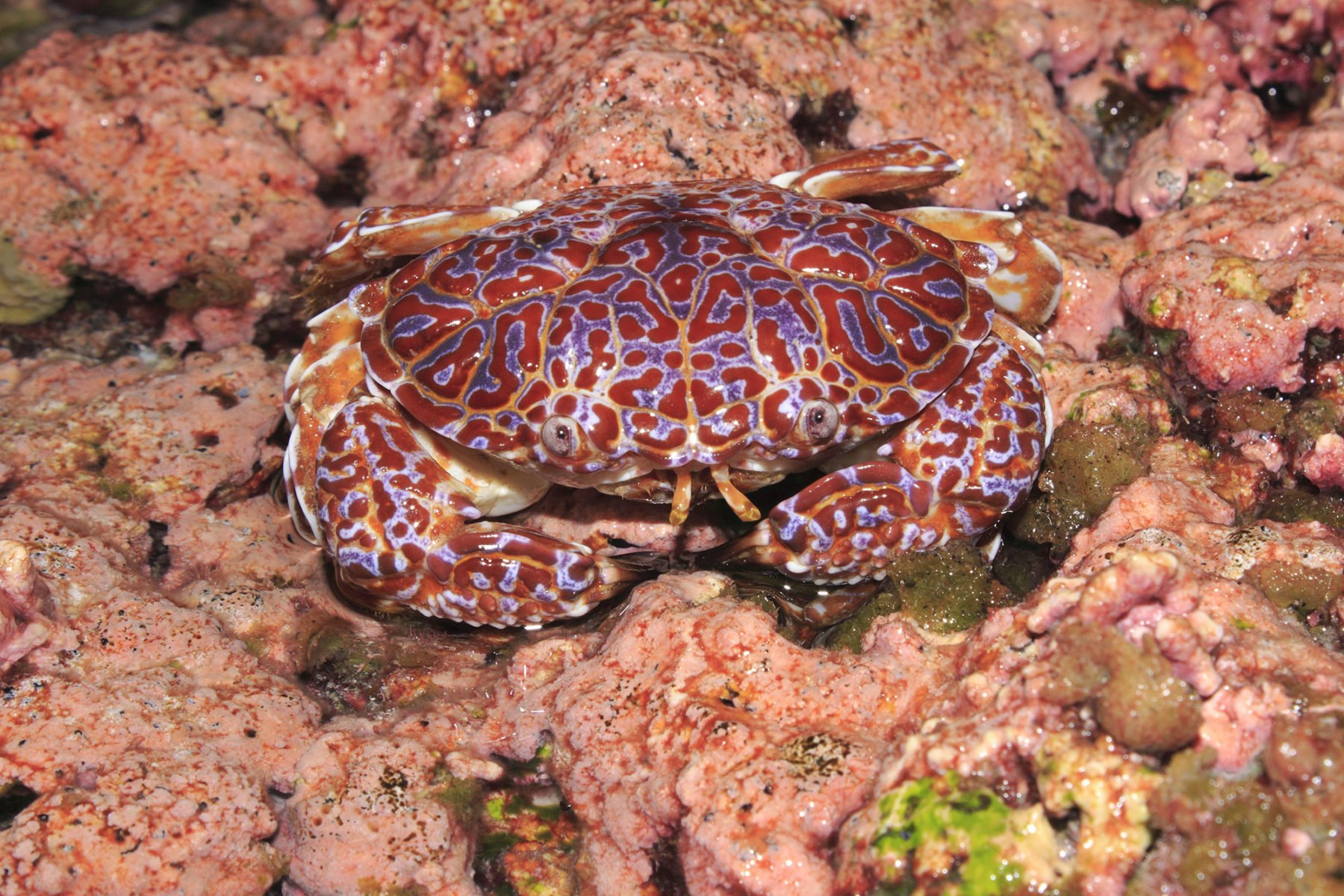Deadly toxic crabs are trying very hard to warn us

Bec Crew
Bec Crew

Case in point: the toxic crab (Lophozozymus incisus), a rare and very beautiful species found in warm waters the world over, including off the coast of Australia.
A member of the Xanthid family of toxic crabs, L. incisus is a great example of that rule of thumb, if it’s brightly coloured and not a bird, you’d do well to leave it alone. (You should leave brightly coloured birds alone, too, let’s be honest, but the stakes are probably lower.)
Toxic crabs can be incredibly dangerous, containing toxins that are similar to those of the pufferfish, called tetrodotoxin and saxitoxin, two of the most lethal substances found in nature. Toxic crabs accumulate stores of these substances in their muscles and egg sacs – a handy attribute when you’ve got many species, including humans, looking to make a meal out of you.
According to Andrew Hosie, curator of crustacea and worms at the Western Australian Museum, as little as half of a milligram of the toxins harboured by these crabs can kill an average-sized human. In fact, says Hosie, saxitoxin is reputedly used by the CIA to create cyanide-like pills.
The good news is there’s no way you can be exposed to these toxins if you don’t try to eat these crabs – a bite or a jab isn’t going to do the job.
The bad news for those who unwittingly consume these crabs is that cooking the meat isn’t going to make the toxins any less effective.
Fortunately, toxic crabs don’t want to be eaten just as much as we shouldn’t be eating them, so they help us out with their glorious warning colours.
The mosaic crab (Lophozozymus pictor), another member of Xanthid crab family, not only has bright colours to warn potential predators – it’s also wearing a striking mosaic pattern to really ram home the message.
This beautiful crab is found throughout Southeast Asia and Oceania, including all around the north coast of Australia:

A Xanthid crab with a similarly interesting pattern is Zosimus aeneus, also known as the devil crab:

Found off the coast of Australia and places such as South Africa and Japan, the devil crab has sadly killed people in the Philippines and Timor-Leste, which emphasises the importance of not eating anything from the ocean without checking with an expert first.
Not that devastating acts of poisoning are all that these crabs are about. They’re just trying to survive as in the brutal world that is the open ocean. And as you can see in the footage below, their best bet is digging up perfect little burrows to hide themselves and their toxins away:

